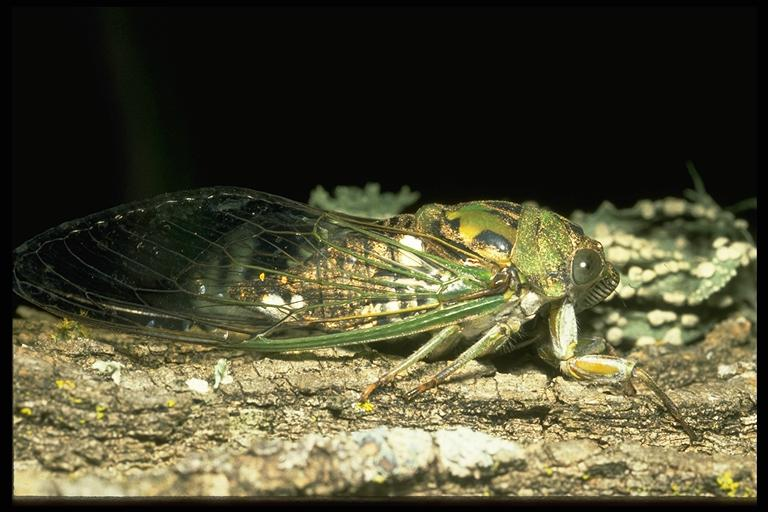First Cicada Emergence Since 1803? Do cicadas really lie that long
The year 2024 is an interesting - and dare I say exciting! - year for cicadas. It is the first time in over 200 years that cicada broods XIX and XIII will emerge at the same time. But, unfortunately, most of Texas is not going to experience these particular cicadas.
 |
| Cicada nymph emerged from soil, ready to molt into adult. Photo by Manu and Indra Gregory |
 |
| Adult cicada, Tibicen sp. Texas A&M AgriLife Extension Service, Bart Drees |
The only periodical cicada brood tht we may see is Brood IV - the Kansan brood - which last emerged in 2015 and will again emerge in 2032. Only a small portion of North Texas may see/hear this cicada, while the rest of the state will experience the Dog Day Cicada.
 |
| Cicada Brood Map USDA Forest Service By Andrew M. Liebhold, Michael J. Bohne, and Rebecca L. Lilja |
Where can you see the two cicada broods this summer? You'll have to travel to Iowa, Wisconsin, Illinois, Indiana and maybe Michigan. They unfortunately, will be no where near Texas, and no other broods will be emerging in our area either.


Comments